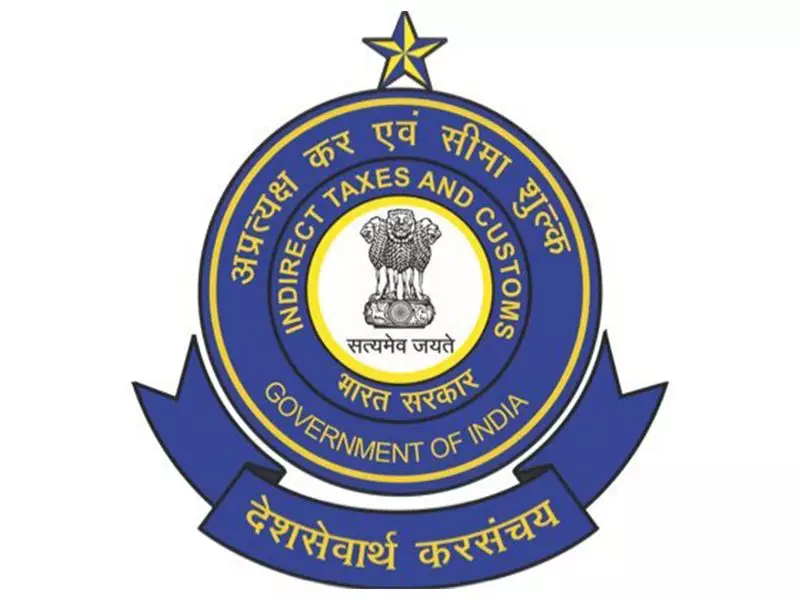
In a significant crackdown on financial fraud, the Delhi GST Department has exposed a massive fake input tax credit scheme worth a staggering ₹645 crore. The sophisticated racket involved multiple fake firms and complex transactions designed to cheat the government treasury.
Key Operator Arrested in Major GST Fraud Case
The authorities have arrested Rohit Gupta, identified as the mastermind behind this elaborate tax evasion scheme. Gupta was taken into custody following extensive investigations that revealed his central role in orchestrating the entire operation.
According to official statements, the fraud was detected through advanced data analytics and careful monitoring of suspicious transaction patterns. The investigation uncovered that Gupta had created 14 fake firms specifically for generating bogus input tax credit claims.
How the Sophisticated Fraud Operation Worked
The modus operandi involved a complex web of transactions between these fake entities. The fraudulent firms would issue invoices to each other without any actual supply of goods or services, creating a paper trail that appeared legitimate on surface examination.
These fabricated transactions generated fake input tax credits worth ₹645 crore, which the perpetrators then used to claim refunds from the government or reduce their tax liability on genuine business operations. The scheme was designed to bypass GST verification systems and evade detection.
Officials revealed that the accused used sophisticated methods to conceal their activities, including rotating funds between multiple bank accounts and creating documentation that mimicked legitimate business operations.
Investigation and Legal Consequences
The Delhi GST Department's investigation team employed advanced data analytics tools to identify irregular patterns in GST returns and input tax credit claims. Their systematic approach helped trace the network of fake firms back to Rohit Gupta.
Authorities have invoked relevant sections of the CGST Act, 2017 against the accused, which could lead to severe penalties and imprisonment if convicted. The department is continuing its investigation to identify any other individuals or entities involved in the racket.
The total value of the fake input tax credit has been quantified at ₹645 crore, making this one of the substantial GST fraud cases detected in recent times. The department has initiated recovery proceedings to reclaim the lost revenue.
Broader Implications for GST System
This case highlights the ongoing challenges in preventing tax evasion in the GST regime. However, it also demonstrates the increasing capability of tax authorities to detect sophisticated fraud schemes through technology-driven surveillance.
The GST Department has issued warnings to businesses to ensure proper verification of their suppliers and maintain robust documentation. They have also emphasized that such detection capabilities will continue to improve as the system matures.
Officials stated that this successful bust sends a strong message to potential tax evaders about the effectiveness of the department's monitoring systems and their commitment to protecting government revenue.





